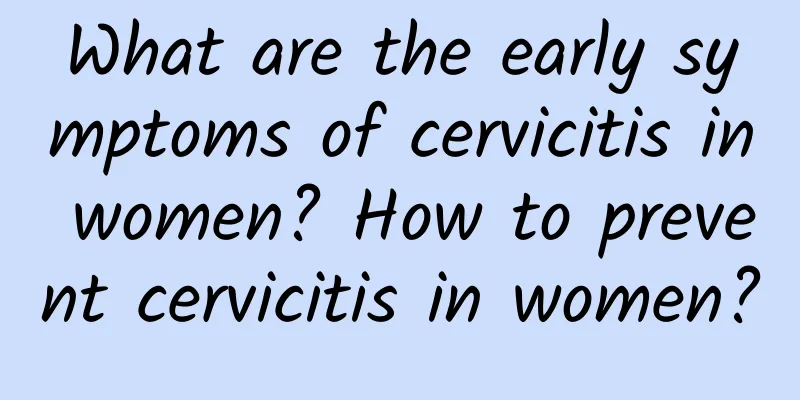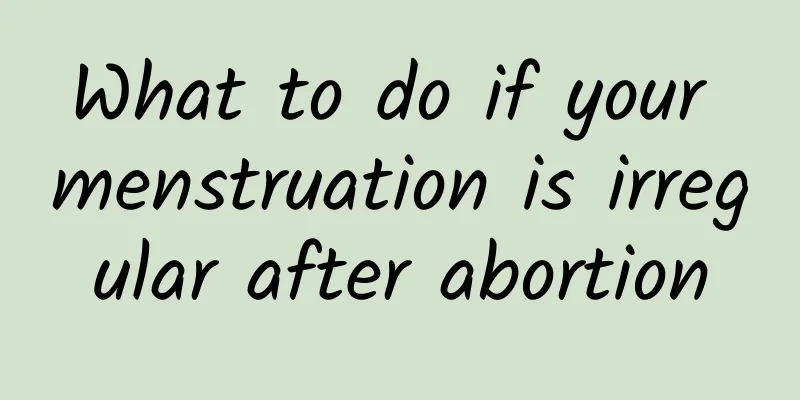What causes uterine fibroids and how to treat them

|
Uterine fibroids are common benign tumors in women. The cause of their occurrence is not yet fully understood. It may be related to abnormal estrogen levels, genetics, age, obesity, pregnancy history, etc. It can be treated by observation, drug therapy, surgical resection, pregnancy treatment or interventional treatment. It is recommended to go to the hospital's gynecology department for treatment and choose appropriate treatment measures according to the severity of the disease. 1. Causes 1. Abnormal estrogen levels: High estrogen levels may promote the growth of uterine fibroids. 2. Genetic factors: Women with a family history have a higher risk of developing uterine fibroids. 3. Age: The incidence of uterine fibroids increases with age, especially in women over 40 years old. 4. Obesity: Obesity may increase estrogen levels, thereby increasing the risk of uterine fibroids. 5. Pregnancy and childbirth history: Women who have never been pregnant or given birth have a higher risk of developing uterine fibroids. II. Treatment 1. Observation: For small fibroids with no symptoms or mild symptoms, their growth can be observed through regular examinations. 2. Drug treatment: Drug treatment can relieve symptoms by regulating hormone levels, such as the use of oral contraceptives, progesterone drugs, etc. 3. Surgical resection: For patients with severe symptoms, large tumors, or other complications, surgical resection of uterine fibroids may be necessary. Surgical methods include myomectomy, uterine fibroid embolization, and myomectomy. 4. Pregnancy treatment: For women who are planning to become pregnant, assisted reproductive technology or myomectomy and other treatments can be considered to increase the success rate of pregnancy. 5. Interventional treatment: For patients who are not suitable for surgery, interventional treatment can be considered, such as uterine artery embolization, uterine artery high-frequency ablation, etc. During the treatment, you need to eat some foods with high nutritional content, pay more attention to local hygiene, and go to the hospital for regular check-ups. |
<<: What causes pelvic inflammatory disease
>>: What is the best way to treat cervical erosion?
Recommend
Winter melon, asparagus and eggs are low in calories and have zero burden
According to the survey, the proportion of people...
How much do you know about the clinical manifestations of cervicitis?
Cervicitis is the most familiar gynecological dis...
The diet for amenorrhea after miscarriage should not be underestimated
After the curettage, especially after abortion (s...
Why does uterine fibroids grow during cesarean section? Is uterine fibroids more likely to develop during cesarean section?
Why does a cesarean section cause uterine fibroid...
Do multiple uterine fibroids require surgery? Surgical removal methods for multiple uterine fibroids
The number, location and size of multiple uterine...
What is transabdominal potassium chloride fetal reduction and what is the operation process of transabdominal potassium chloride fetal reduction?
Transabdominal potassium chloride feticide is an ...
How to treat menopausal irregular menstruation
Menopausal irregular menstruation refers to the s...
Analysis of the condition from the symptoms of cervical erosion
The symptoms of cervical erosion vary with the pr...
Is second degree cervical erosion serious?
Second degree cervical erosion is generally not s...
How to treat dysmenorrhea and cold stomach
How to treat dysmenorrhea and cold stomach? Dysme...
What are the methods of abortion? There are 3 methods
With the development of today's society, abor...
How to take good care of adnexitis in daily life?
How should we take good care of adnexitis in dail...
Causes of acute pelvic inflammatory disease in women
Clinically, pelvic inflammatory disease can be di...
What are the dangers of threatened abortion?
What are the hazards of threatened abortion? The ...
The food is not safe! Convenience store sandwiches contain excessive E. coli
The E. coli in commercially available sandwiches ...









